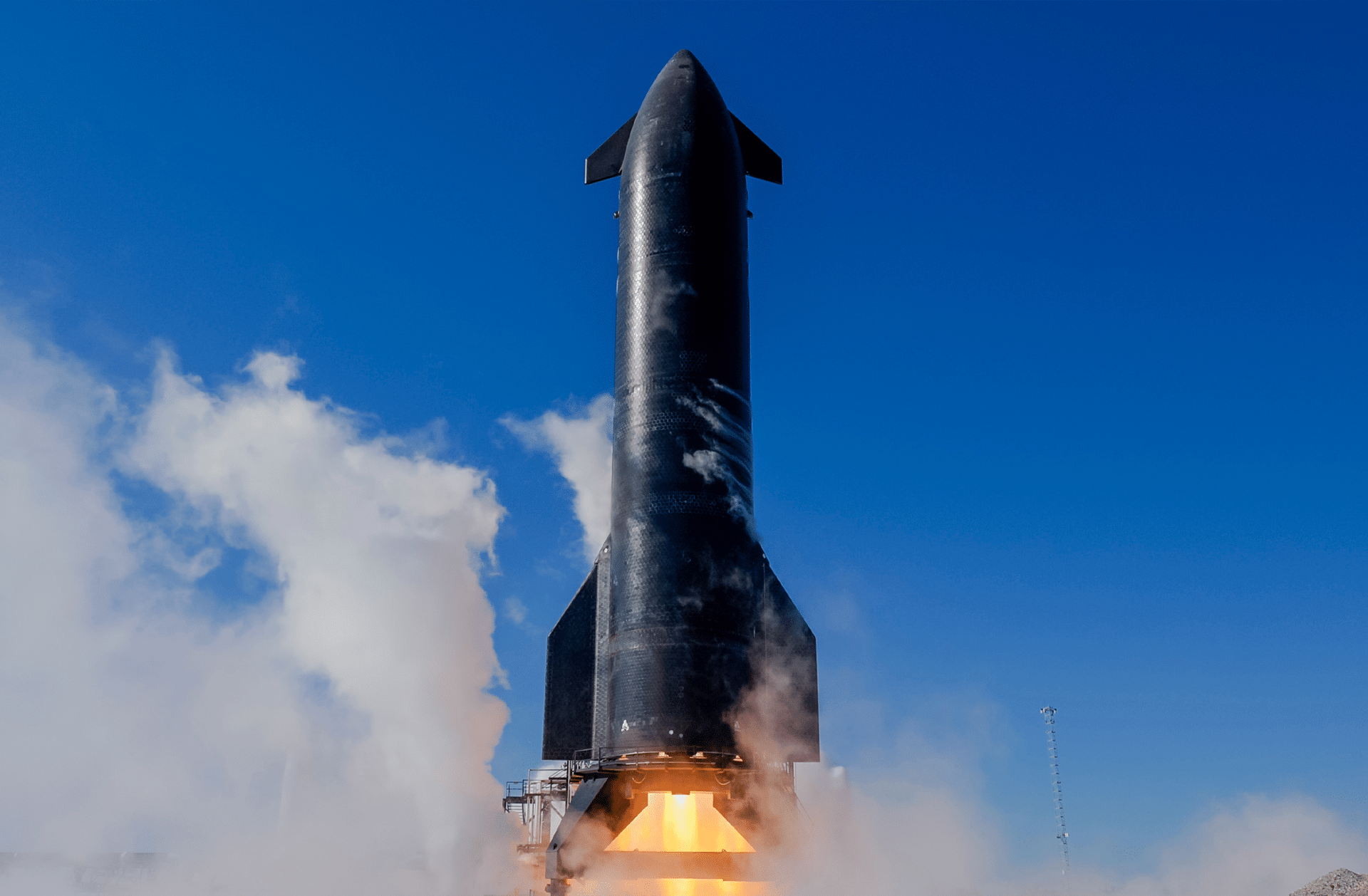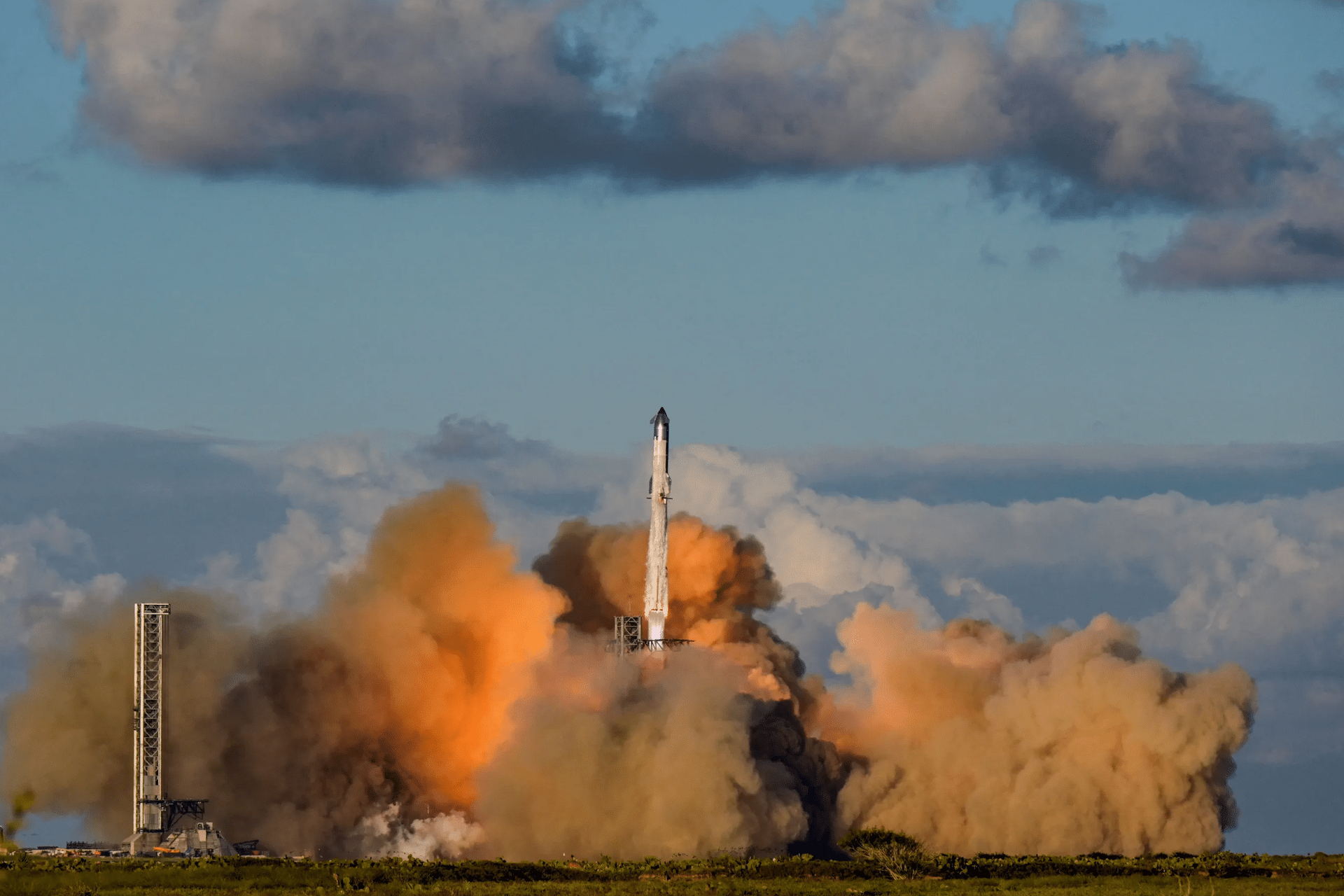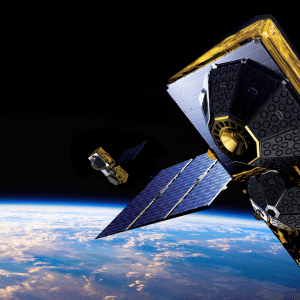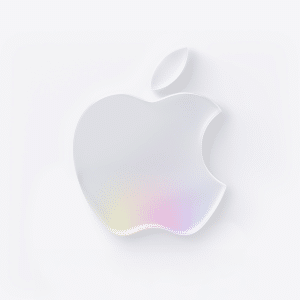SpaceX completed another milestone on October 13, 2025, with the 11th test flight of its Starship launch system — the latest step in the company’s long-term goal to create a fully reusable orbital vehicle.
The launch from Starbase, Texas, marked one of the smoothest test missions so far, featuring refined booster recovery maneuvers, improved reentry stability, and a controlled splashdown of the Super Heavy booster. Although no full recovery of the upper stage was attempted, telemetry data confirmed successful engine relights and precision guidance throughout the flight.
The mission, using Booster 15 and Ship 38, also carried several Starlink simulator payloads designed to validate reentry loads and data transmission from next-generation satellites. This flight concludes the Block 2 configuration testing phase before SpaceX transitions to its next generation of Starship hardware.
The success demonstrates continued progress toward SpaceX’s reusability objectives — central to lowering launch costs for both orbital payloads and interplanetary missions. Each test flight yields valuable data on heat shielding, fuel distribution, and aerodynamic performance, helping the company refine the design before regular orbital operations begin.
Starship’s success is critical not just for space exploration but also for maintaining SpaceX’s commercial ecosystem. It directly supports Starlink, NASA contracts, and future missions that depend on cost-efficient heavy lift capabilities.
Progressive success has drawn increased confidence from both NASA and commercial clients, as SpaceX continues to move closer to certifying Starship for operational use.
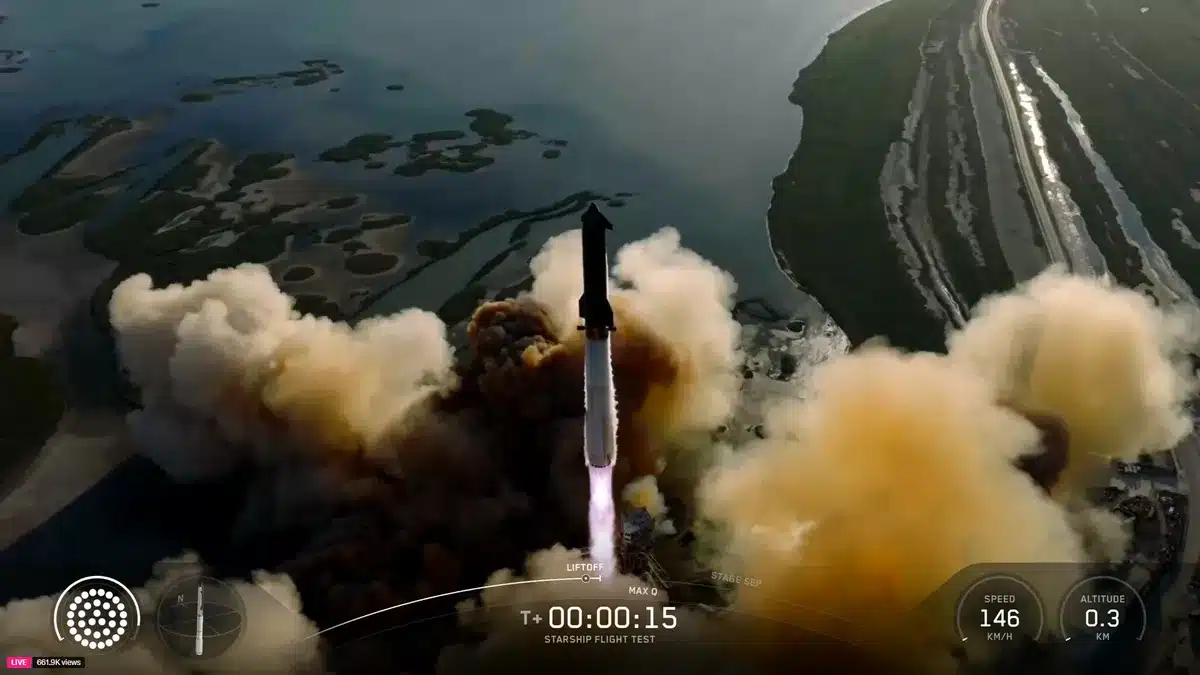
7 Million Users Funding Starship Development
While NASA’s Artemis program provides specific funding for Starship’s Human Landing System variant, internal reports and statements confirm that SpaceX’s Starlink division is already paying a significant share of Starship’s broader development. Elon Musk has publicly credited Starlink subscribers with “helping fund humanity’s path to Mars,” reinforcing that Starlink revenue directly supports the Starship program.
Analysts estimate that Starlink’s fast-growing subscriber base — now exceeding several million users globally — provides a recurring cash flow that offsets Starship’s development costs. This internal funding structure allows SpaceX to maintain a high flight cadence without relying exclusively on government or institutional financing.
Each successful Starship test, in turn, reduces Starlink’s launch costs, creating a self-reinforcing loop: Starlink pays for Starship’s development, and Starship enables cheaper Starlink satellite deployments.

Apple’s Potential Connection to Starlink Technology
Beyond financing, SpaceX’s Starlink network may soon influence how Apple devices connect to the internet. Industry reports suggest Apple is exploring ways to expand its satellite connectivity features — currently used for emergency messaging on iPhone — into broader communications supported by networks such as Starlink’s “Direct-to-Cell” system.
Starlink’s new satellites, equipped with LTE-compatible payloads, are capable of connecting directly to unmodified smartphones. That same technology could eventually extend to iPhones and, sequentially, to other Apple devices like iPads, Macs, and Apple Watch.
While no formal partnership has been announced, technical alignments between Apple’s satellite framework and Starlink’s infrastructure make future collaboration plausible. It would allow Apple users to maintain connectivity even in remote areas, leveraging Starlink’s expanding low-Earth orbit network.
A shared architecture between Starship, Starlink, and Apple’s hardware ecosystem could redefine mobile communication — connecting billions of devices through a continuous satellite layer rather than traditional cell towers.
If Apple adopts Starlink-based connectivity, the link between orbital infrastructure and consumer technology could become one of the most significant convergences in modern tech — bridging aerospace engineering with everyday digital communication.
